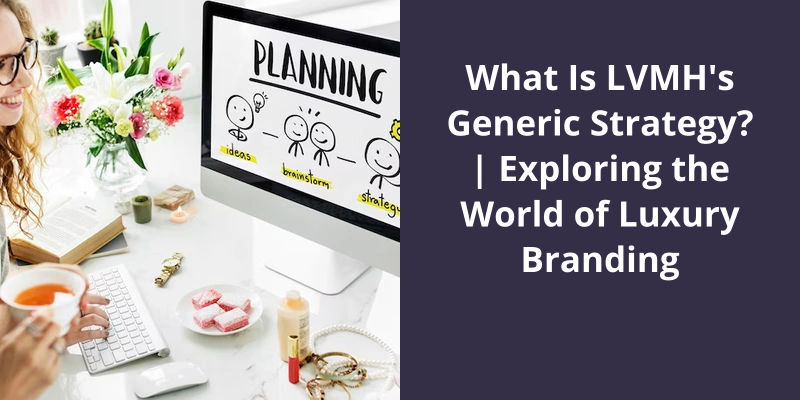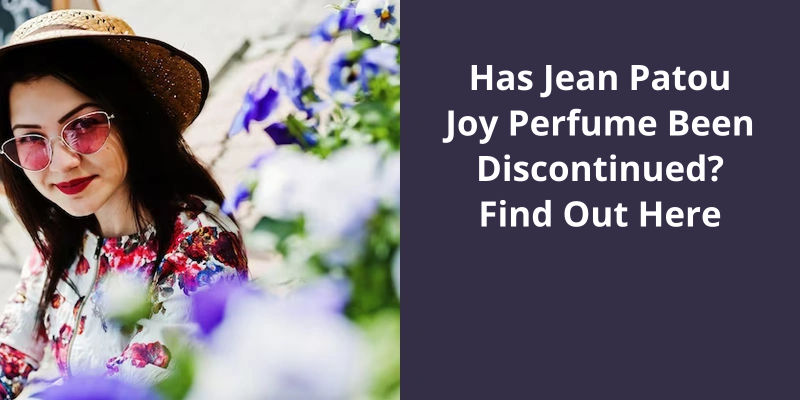LVMH’s generic strategy is to operate in the premium segment of the luxury market. They strive to maintain a high standard of quality and innovation in their product offerings. LVMH’s products are perceived as exclusive and unique, often associated with the high social status, and this positioning allows them to demand higher prices, sustaining their profit margins. They invest substantially in marketing and creating a strong image for their brands. LVMH’s strategy also involves expanding its presence in high-growth potential markets and segments. To do so, they often acquire companies that fit their portfolio and could strengthen their presence in the luxury market.

What Is the Competitive Advantage of LVMH?
LVMH has achieved a competitive advantage through a combination of their unique brand portfolio and their ability to effectively communicate their brand image to their consumers across various demographics and market segments. They’ve created a reputation for high quality, luxury products that are both contemporary and timeless. LVMH also invests heavily in research and development, ensuring that their products are constantly evolving and improving to meet changing consumer demands.
Another key competitive advantage of LVMH is their supply chain management. Through partnerships with top suppliers and their own vertically integrated supply chain, they’re able to maintain control over the production and distribution of their products, ensuring consistent quality and timely delivery to their global network of retail outlets. This also allows LVMH to maintain tight inventory control, reducing the risk of overstocking and resulting in increased profitability.
As LVMH continues to innovate and evolve, it’s likely that they’ll continue to be a dominant force in the industry for years to come.
The Role of Celebrity Endorsements and Collaborations in LVMH’s Brand Image and Competitive Advantage
This article discusses the impact of celebrity endorsements and collaborations on LVMH’s brand image and competitive advantage.
With a vast portfolio of luxury brands under it’s belt, LVMH Group has established a strong foothold in the fashion and luxury goods industry. To maintain it’s leading position, the company has adopted a smart competitive strategy that centers on diversification, offering an array of premium products and services across multiple business areas. By blending business diversification and product diversification, LVMH Group continues to expand it’s market share and revenue streams. Let’s take a closer look at LVMH’s winning strategy.
What Is LVMH’s Competitive Strategy?
One of LVMHs most significant competitive strategies is their brand portfolio diversification. By offering a wide variety of products under different brands, they’re able to cater to a large consumer base with differing preferences and needs. This diversity also allows them to reduce the risk of relying too heavily on a single product or brand.
LVMH also prioritizes investing in and acquiring well-known brands with a strong reputation in their respective markets. For instance, the acquisition of Tiffany & Co. in 2020 has expanded their luxury jewelry offerings and added value to their brand portfolio.
In addition to their focus on product and brand diversity, LVMH places great emphasis on innovation and creativity. They consistently seek out new and unique ideas for product design and marketing strategies, ensuring they remain at the forefront of the ever-changing luxury goods industry. This is evident in their investment in new technologies, such as augmented reality and blockchain, to enhance the consumer experience and increase transparency.
Another key component of LVMHs competitive strategy is their commitment to sustainability. They prioritize ethical sourcing of materials and embrace eco-friendly initiatives, such as reducing their carbon footprint and promoting recycling. By incorporating sustainability into their business model, LVMH is able to appeal to consumers who value ethical and environmentally conscious practices.
LVMHs retail strategy is also a significant part of their competitive edge. They prioritize creating unique and immersive retail environments that showcase their brand offerings and evoke a sense of luxury and exclusivity for consumers. This is evident in their investment in high-end retail stores, such as the Louis Vuitton flagship store in Paris, which features a rooftop garden and a contemporary art exhibition space.
Conclusion
Overall, LVMH has developed a remarkable generic strategy that allows them to stand out in a heavily saturated market. By combining elements of differentiation leadership and differentiation focus, they’ve been able to offer unique and luxurious products that meet the needs and wants of consumers. This hybrid strategic competition has enabled them to differentiate their brand from the competition, which has ultimately led to their continued success.





